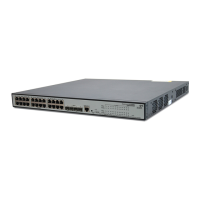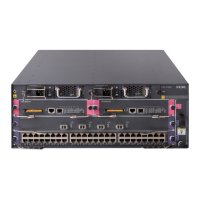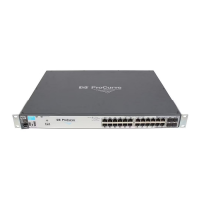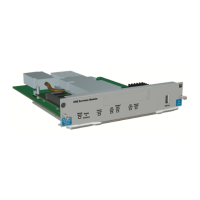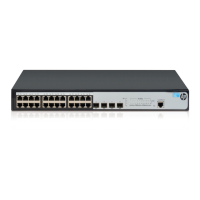314
Figure 280 EAP packet format
Code: Type of the EAP packet, which can be Request (1), Response (2), Success (3), or Failure (4).
Identifier: Used for matching Responses with Requests.
Length: Length (in bytes) of the EAP packet, which is the sum of the Code, Identifier, Length, and
Data fields.
Data: Content of the EAP packet. This field appears only in a Request or Response EAP packet. The
field comprises the request type (or the response type) and the type data. Type 1 (Identify) and type
4 (MD5-challenge) are two examples for the type field.
EAPOL frame format
Figure 281 shows the EAPOL frame format.
Figure 281 EAPOL frame format
PAE Ethernet type: Protocol type. It takes the value 0x888E for EAPOL.
Protocol version: The EAPOL protocol version used by the EAPOL packet sender.
Type: Type of the EAPOL packet. Table 117 lists the types of EAPOL packets that the HP
implementation of 802.1X supports.
Table 117 Types of EAPOL packets
Value Type Description
0x00 EAP-Packet
The client and the network access device uses
EAP-Packets to transport authentication information.
0x01 EAPOL-Start
The client sends an EAPOL-Start message to initiate
802.1X authentication to the network access device.
0x02 EAPOL-Logoff
The client sends an EAPOL-Logoff message to tell the
network access device that it is logging off.
Length: Data length in bytes, or length of the Packet body. If packet type is EAPOL-Start or
EAPOL-Logoff, this field is set to 0, and no Packet body field follows.
Packet body: Content of the packet. When the EAPOL packet type is EAP-Packet, the Packet body
field contains an EAP packet.
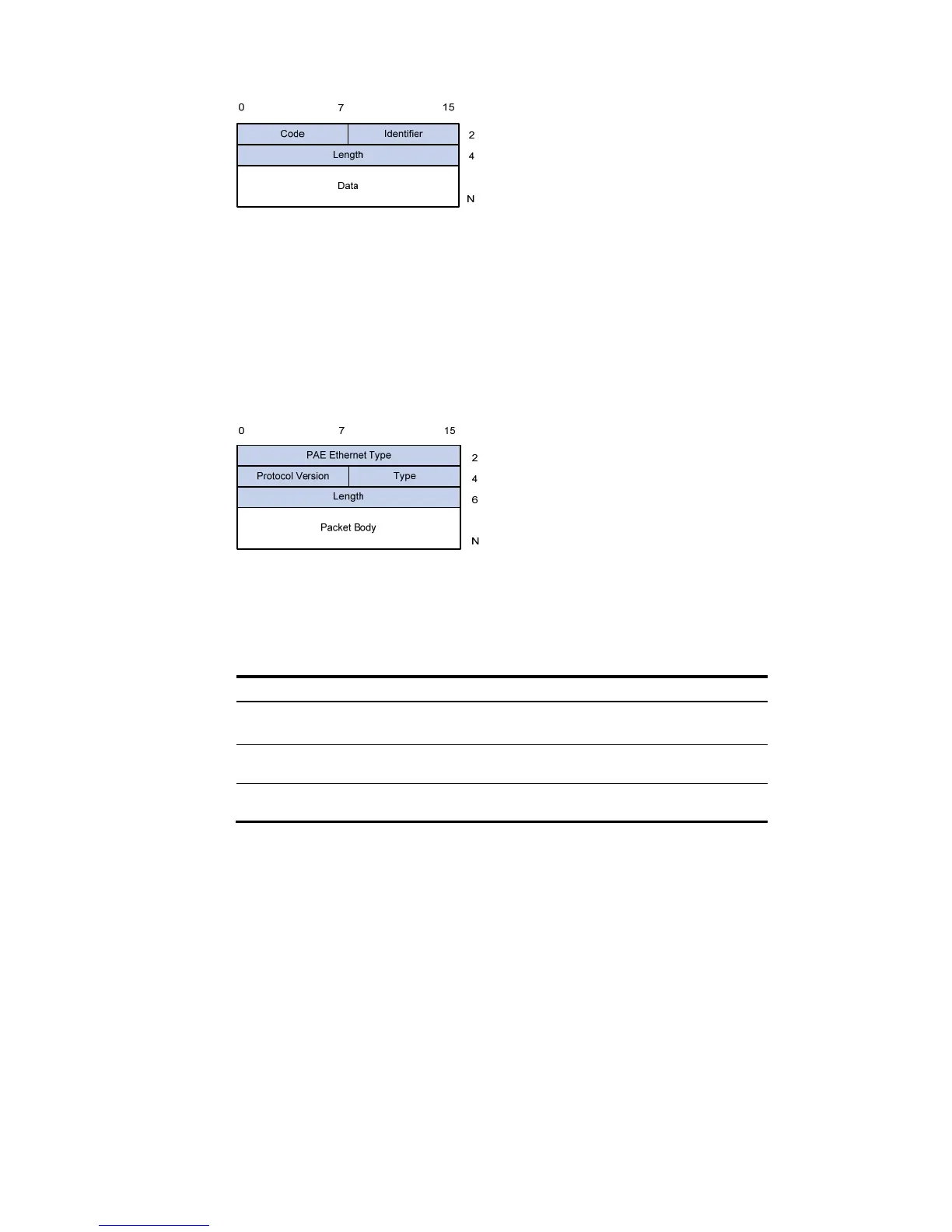